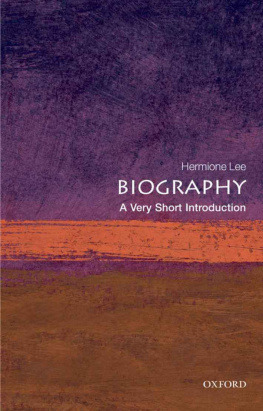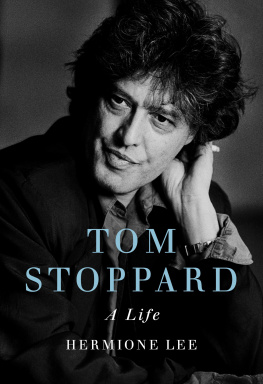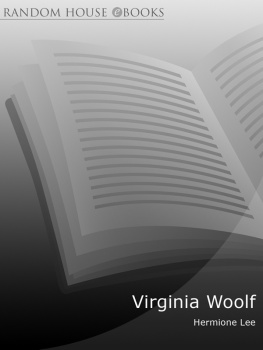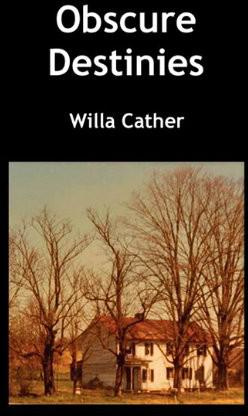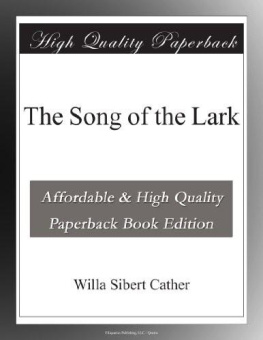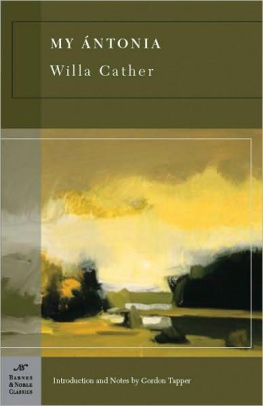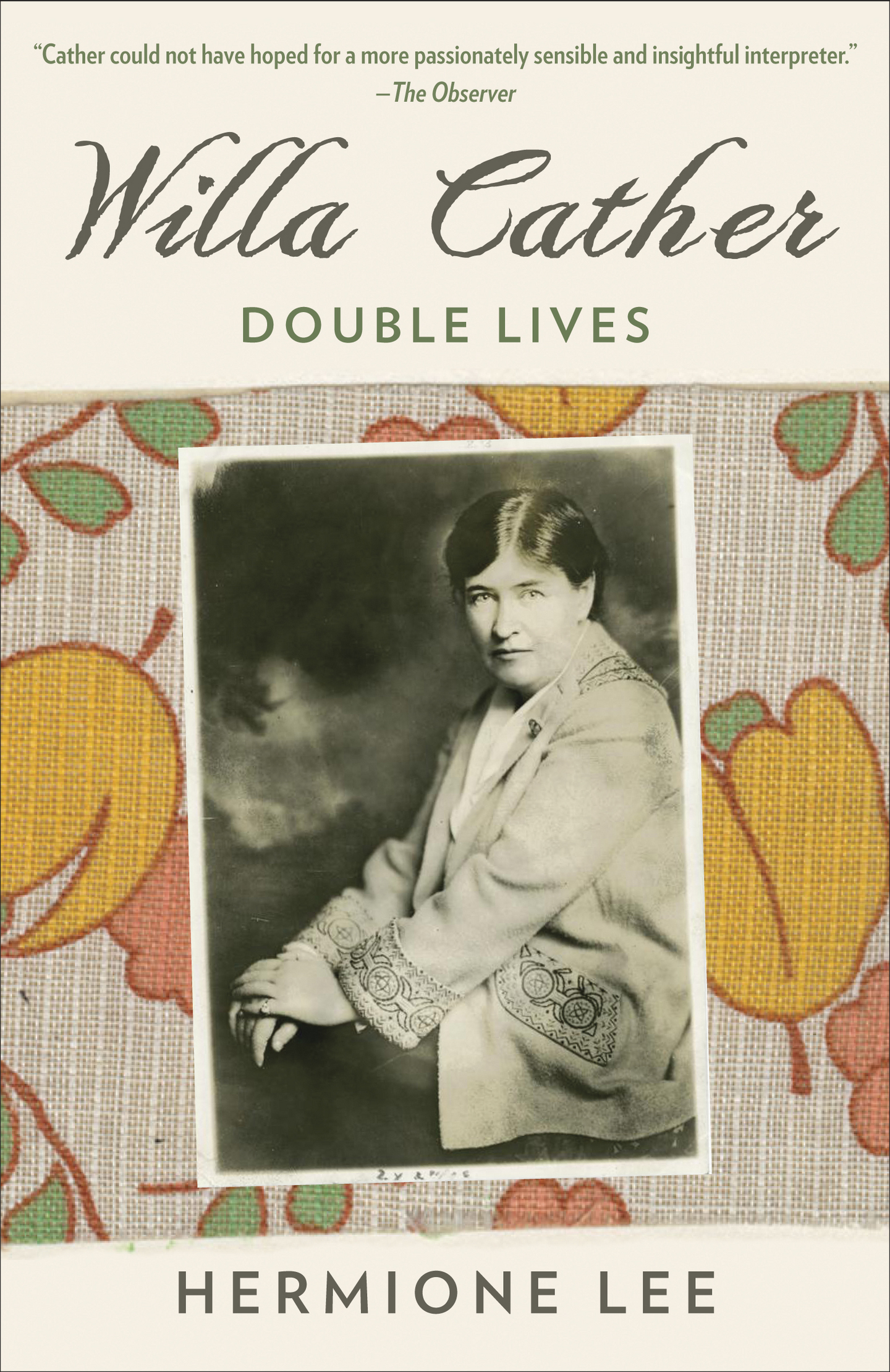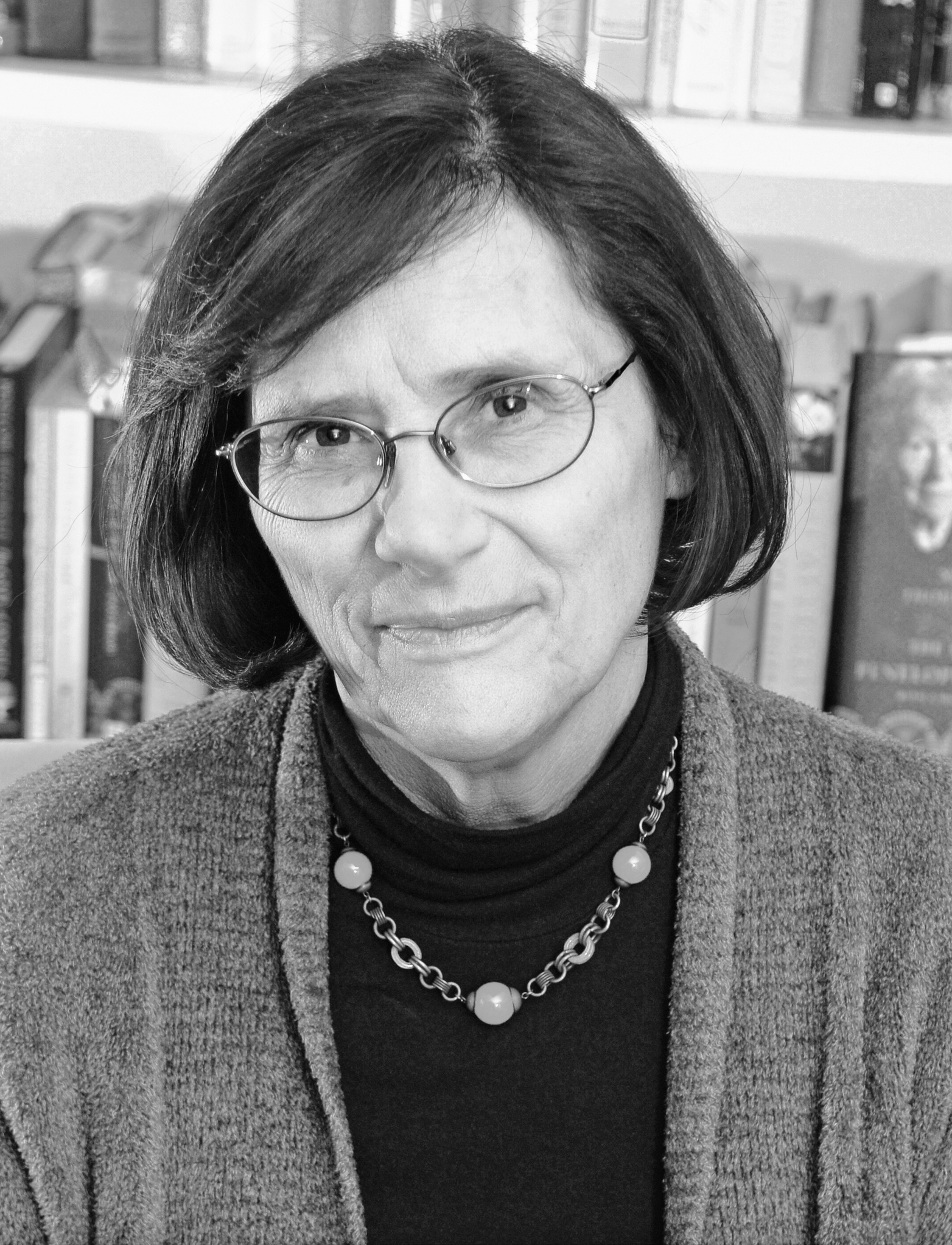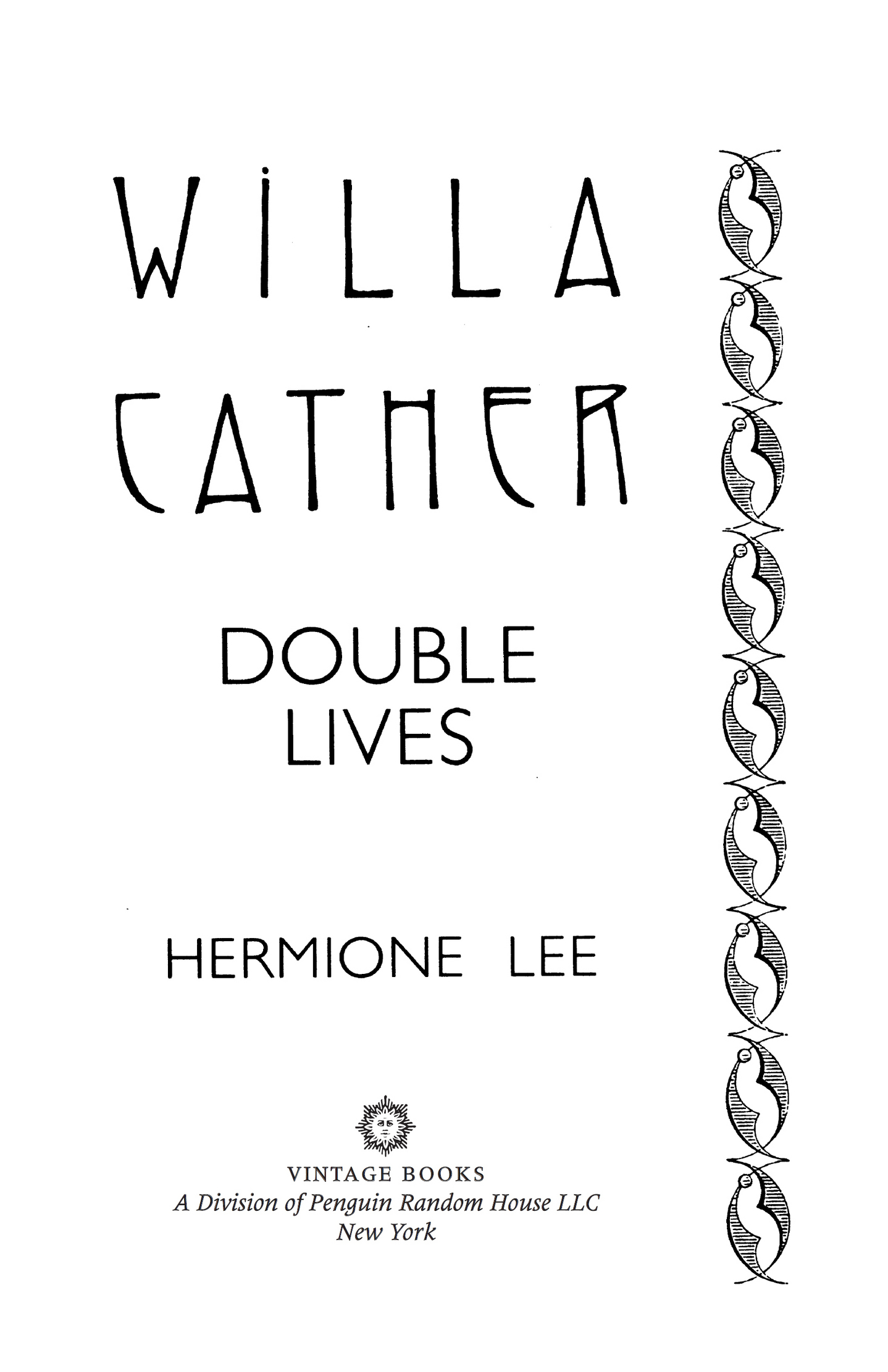Contents
Hermione Lee
WILLA CATHER
Hermione Lee is a biographer and critic whose other books include biographies of Virginia Woolf and Edith Wharton. Her biography of Penelope Fitzgerald won the Plutarch Award for Biography and the James Tait Black Prize for Biography, and was one of the New York Times 10 Best Books of 2014. She is the president of Wolfson College at the University of Oxford.
www.hermionelee.com
Also by Hermione Lee
The Novels of Virginia Woolf
Elizabeth Bowen
Philip Roth
Virginia Woolf
Body Parts: Essays on Life-Writing
Edith Wharton
Biography: A Very Short Introduction
Penelope Fitzgerald: A Life
As Editor
Stevie Smith: A Selection
The Hogarth Letters
The Mulberry Tree: Writings of Elizabeth Bowen
The Secret Self: Short Stories by Women
Virginia Woolf: A Room of Ones Own and Three Guineas, To the Lighthouse, The Years, On Being Ill
SECOND VINTAGE BOOKS EDITION, AUGUST 2017
Copyright 1989 by Hermione Lee
Preface copyright 2017 by Hermione Lee
All rights reserved. Published in the United States by Vintage Books, a division of Penguin Random House LLC, New York, and distributed in Canada by Random House of Canada, a division of Penguin Random House Canada Limited, Toronto. Originally published in hardcover in Great Britain by Virago Press Limited, London, in 1989, and subsequently published in hardcover in the United States by Pantheon Books, a division of Penguin Random House LLC, New York, in 1990. Previously published in paperback by Vintage Books in 1991.
Vintage and colophon are registered trademarks of Penguin Random House LLC.
constitutes an extension of this copyright page.
The Library of Congress has cataloged the Pantheon edition as follows:
Lee, Hermione.
Willa Cather : double lives / Hermione Lee.
p. cm.
Includes bibliographical references and index.
1. Cather, Willa, 18731947. 2. Novelists, American20th centuryBiography. I. Title.
PS3505.A87Z717 1991813.52dc20[B] 91-50018
Vintage Books Trade Paperback ISBN9781101973936
Ebook ISBN9781101973943
Cover design by Megan Wilson
Cover images: Willa Cather The Miriam and Ira D. Wallach Division/The New York Public Library; pattern Art and Picture Collection/The New York Public Library
Author photograph Greg Smolonski
www.vintagebooks.com
v4.1
a
To John Barnard

 CONTENTS
CONTENTS
 PREFACE
PREFACET WENTY-EIGHT YEARS ago, I wrote this book for Virago, the British feminist publishing house founded in 1973 and dedicated to the revival of classic, neglected, or forgotten women writers. As the novelist A. S. Byatt observed in her review of my book when it came out in 1989: Willa Cathers work is not well known in this country. It is to be hoped that this book will change that. And it was true that like other notable early to mid-twentieth-century American women writers (Ellen Glasgow, Eudora Welty, Flannery OConnor, Jean Stafford, Grace Paley), Cather did not have the status she deserved in Britain. This book was written from an English perspective, with the aim of attracting more readers in my country to her work.
The contrast with Cathers reputation in the States is obvious. In America, Cather is a much-loved, much-read, and much-contested figure. In the decades since I wrote this book, there have been dramatic shifts in her reputation. Fierce Cather wars have raged in the American literary and scholarly world, something like the academic conflicts over Jane Austens legacy. The celebration of Cather as an American pastoralist, a kind of Nebraskan Robert Frost, the focus for sentimental nostalgia over a vanished way of life, still persists. Cather is powerfully established as a regional writer of home and country in her home state of Nebraska. The Willa Cather Pioneer Memorial and Educational Foundation, founded in 1955 in Red Cloud, was awarded a large National Endowment for the Humanities Fund in 2006 to develop its work, which includes maintaining a slice of Nebraskan prairie as Catherland, curating the Cather childhood home, holding Cather conferences, and publishing a Cather newsletter. These activities sustain the sanctified legend of an essentially Nebraskan Cather, rather than a Cather who belongs to the world. Pitched against that Cather legacy industry has been a feminist critical approach to Cather that began with Sharon OBriens 1987 biography of her early years, identifying Cather as a lesbian artist writing coded, covert fictional narratives of desire. That outing of a queer Cather in the late 1980s was followed, later, by an interest in Cather as a writer more concerned with politics, economics, race, modernity, and multiculturalism than her traditional admirers have allowed.
It felt for a time as if Cathers fate was to embody the rifts in the American academy between theory, or political correctness, and humanist aestheticism, or conservatism. Joan Acocella wrote a spirited account of these culture wars, Willa Cather & the Politics of Criticism, in 2000. But if these academic debates exclude and bewilder Cathers many general readers and admirers, they are also a mark of her status. Seventy years after her death, she is a central figure in the American literary pantheon. There are two Cather volumes in the Library of America series. The University of NebraskaLincoln, the powerhouse for Cather scholarship, has been producing the Willa Cather Scholarly Editions of all the main works since 1992 and has an extensive Willa Cather Archive online. In 2013, Knopf published a large selection of Cathers letters, edited by Janis Stout and Andrew Jewell, a very welcome and very long-awaited publication. Cather made great efforts to have her letters returned to her or destroyed, and she embargoed their publication in her will. So for many years Cather critics and biographers had been able only to paraphrase. Her story was told, her secrets were known, but the voice of her letters was not heard. After the death of the last-surviving Cather relative in 2011, an agreement was made by the Willa Cather Foundation, the University of NebraskaLincoln, and the Willa Cather Trust, which controls the intellectual property rights to Cathers work, to publish the letters. Her letters do not give away any hidden scandals or secrets. But they are eloquent and revealing about her family life, her career, and her work methods, and particularly about the tension, so important in her fiction, between traveling away from home and returning, between family life and the life of the individual, between the pull of change and the powerful presence of figures from the past. They are charged with memory and what memory brings back to her.


